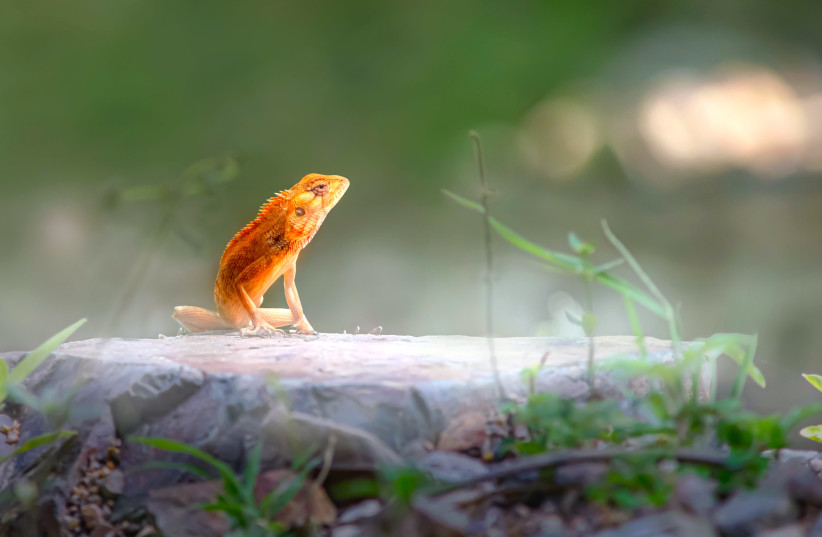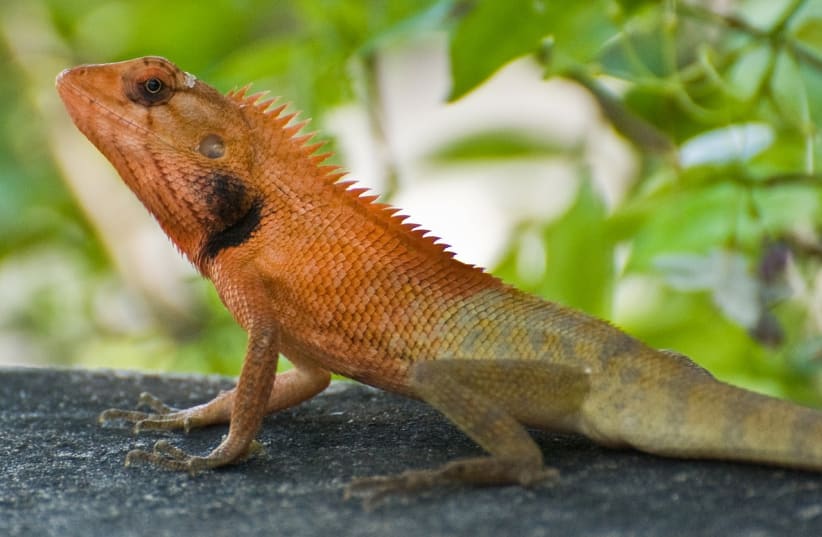A new iguana species discovered in China - study
Wang's garden lizard, or Calotes wangi, was discovered by researchers in Asia during 2009-2022 field studies.
“From 2009 to 2022, we conducted a series of field surveys in South China and collected a number of specimens of the Calotes versicolor species complex, and found that the population of what we thought was Calotes versicolor in South China and Northern Vietnam was a new undescribed species and two subspecies,” says Yong Huang, whose team described the new species.
Wang’s garden lizard (Calotes wangi) is quite tiny, being only 3 inches long. It is notable for its distinguishing orange tongue, and it also changes color during the breeding season. The male lizards are usually dark orange with dark patches while the females are usually pale with dark stripes.
“Calotes wangi is found in subtropical evergreen broad-leaved forests and tropical monsoon forests in southern China and northern Vietnam, mostly in mountainous areas, hills and plains on forest edges, arable land, shrub lands, and even urban green belts.” says Yong Huang.

The species isn't threatened, but needs to be monitored
The lizards are active at the edge of forests, rushing into bushes of climbing tree trunks when endangered. According to Huang, they sleep close to branches on sloping shrubs at night.
They are active from April to October every year, while in the tropics they are active from March to November, and investigations in the Chinese province of Hainan showed that they are most active between the hours from 7:30 a.m. to 11:30 a.m. and from 3:00 p.m. to 7:00 p.m.
The population is relatively large and the researchers do not currently consider the new species to be threatened, but they did note that in some areas its habitat is fragmented and that they are sometimes eaten or used for medicine, which could potentially put them at risk if left unchecked.
The researchers suggested that the local government strengthen the protection of their ecological environment and pay close attention to the population dynamics.


No comments:
Post a Comment
Stick to the subject, NO religion, or Party politics